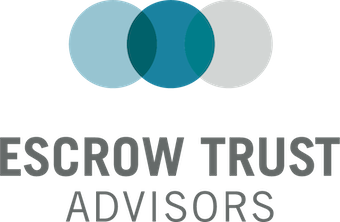27 Aug Understanding HUD’s 203(K) Program
 The Federal Housing Administration’s (FHA) created the Section 203(k) program to help home buyers rehabilitate and repair single-family properties. Many communities and neighborhoods rely on this tool, as it greatly expands home ownership opportunities and gives buyers the chance to consider homes that might otherwise be in unfavorable conditions.
The Federal Housing Administration’s (FHA) created the Section 203(k) program to help home buyers rehabilitate and repair single-family properties. Many communities and neighborhoods rely on this tool, as it greatly expands home ownership opportunities and gives buyers the chance to consider homes that might otherwise be in unfavorable conditions.
Additionally, this program is a great way for lenders to demonstrate their commitment to lending in lower income neighborhoods. FHA strongly supports the program and the lenders that participate in it, including those who have used Section 203(k) among other financial resources to assist borrowers. Many lenders rely on Section 203(k) in connection with non-profits and state and local housing agencies to revamp properties, and it’s an amazing program that gives families access to home ownership who might otherwise not be able to afford it.
Eligible properties include one- to four-family dwellings that have been built for at least one year, and demolished homes must have part of the existing foundation still in place in order to qualify. Additionally, 203(k) can be used to convert single-family homes into two-, three-, or four-family dwellings, or multi-family dwellings could be converted back to single-family occupancy.
203(k) differs from traditional mortgage financing in that the focus is not on the condition and value of the property before the loan closes because the mortgage loan can be backed by HUD to minimize the risk to the mortgage lender. With 203(k), the mortgage amount is based on the estimated value of the property after the work has been completed, and the program also takes into account the cost of the improvements. This happens as soon as the mortgage proceeds are disbursed and a rehabilitation escrow account is established.
With a traditional mortgage, the home must provide adequate loan security in order for the mortgage lender to agree to the loan. But with 203(k), improvements and revitalization are expected as part of the program, and the borrower can obtain just one mortgage loan at a long-term fixed (or adjustable) rate to finance both the acquisition and the rehabilitation of the property.
